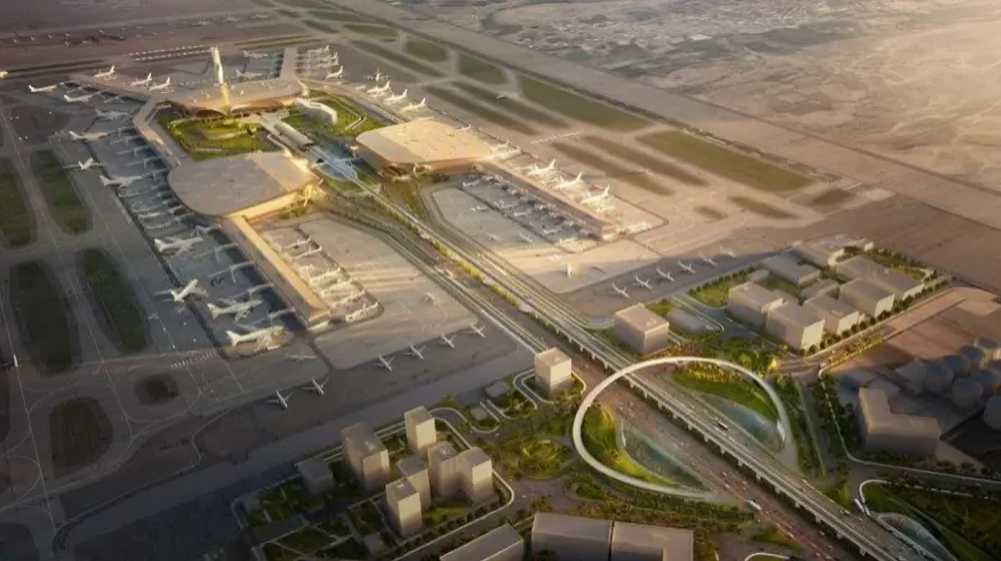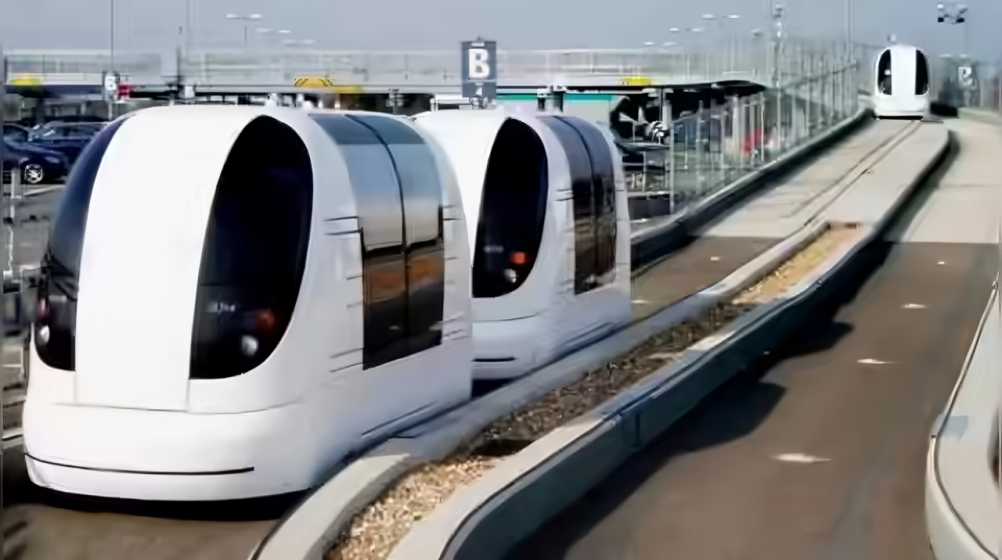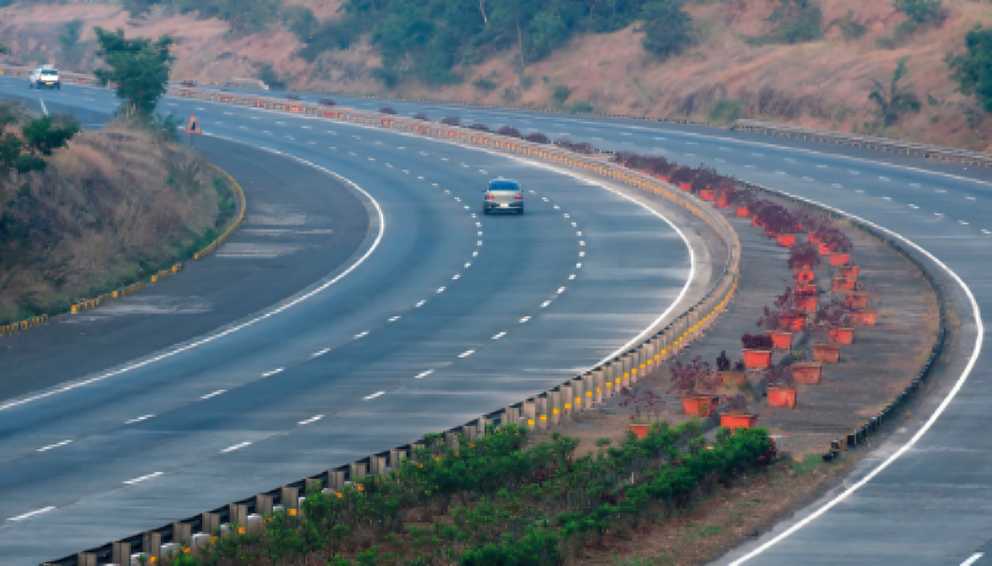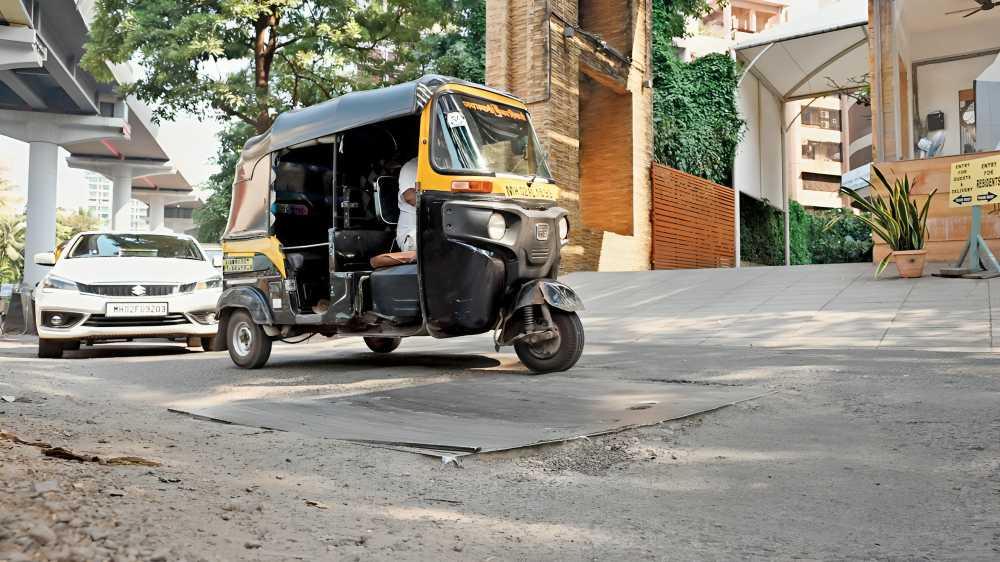July 8, 2025: The much-anticipated Navi Mumbai International Airport (NMIA) is set to commence operations by the end of September 2025, marking a significant milestone in India’s aviation and infrastructure development. Envisioned as the country’s second-largest airport, NMIA is expected to ease pressure on the overburdened Chhatrapati Shivaji Maharaj International Airport in Mumbai, while also catalysing regional growth and sustainable urban planning.
During a recent session in the Maharashtra Legislative Assembly, Industries Minister Uday Samant confirmed that the airport’s first phase will be operational by September 2025. The greenfield airport spans 1,160 hectares and features state-of-the-art infrastructure, including a 3.7-kilometre runway and capacity for 350 aircraft. Designed to be developed in four phases, NMIA aims to handle over 90 million passengers annually by 2036.
In addition to passenger traffic, NMIA will house India’s largest air cargo facility, aligning with national ambitions to enhance global logistics capabilities. From launch, the airport will operate 18 daily flights to more than 15 destinations, scaling up to 79 flights (158 ATMs) per day by November 2025, including 14 international services.
Crucially, the airport’s success is tied to its integrated transport connectivity. CIDCO, the project’s nodal agency, is facilitating seamless access through Metro Lines 8 and 1, major highways, and potentially even water taxi services—offering a Mumbai-Navi Mumbai commute in just 17 minutes.
NMIA is projected to drive regional development across logistics, hospitality, BPO, and real estate. Areas such as Ulwe, Panvel, and Kharghar are already witnessing rising property demand. For Pune residents, the airport promises shorter international travel times, positioning NMIA as a key gateway. More than just an airport, NMIA represents a transformative step towards India’s vision for sustainable and inclusive urban growth.
Source: Urban Acres





